Posts
Showing posts from 2016
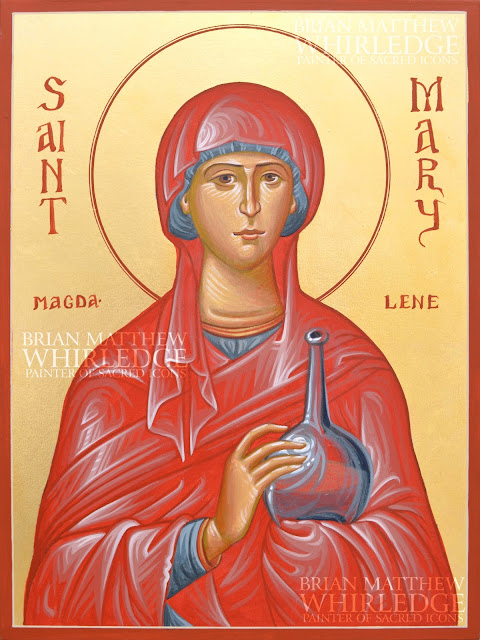
Posted by
Brian Matthew Whirledge
Saint Mary Magdalene, Myrrh-bearer and Equal-to-the-Apostles
- Get link
- Other Apps
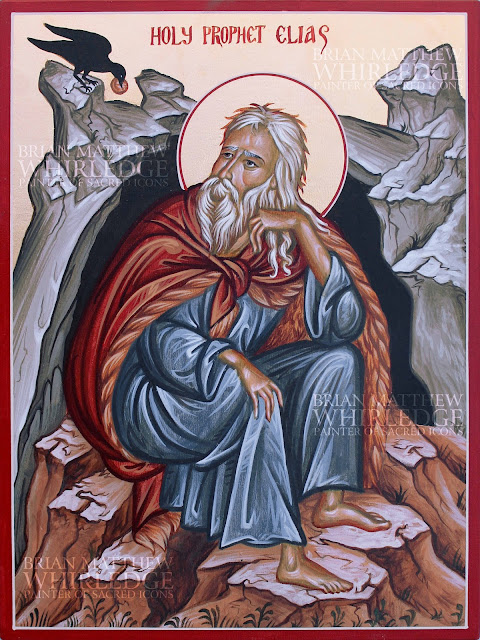
Posted by
Brian Matthew Whirledge
Holy Prophet Elias
- Get link
- Other Apps
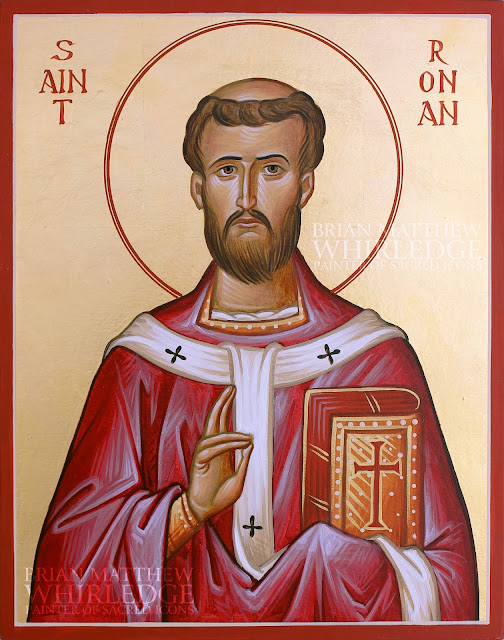
Posted by
Brian Matthew Whirledge
Saint Ronan of Locronan
- Get link
- Other Apps

Posted by
Brian Matthew Whirledge
Saint Joseph of Damascus
- Get link
- Other Apps
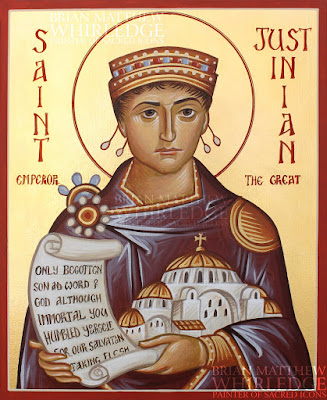
Posted by
Brian Matthew Whirledge
Saint Justinian
- Get link
- Other Apps

Posted by
Brian Matthew Whirledge
Theotokos of Vladimir
- Get link
- Other Apps
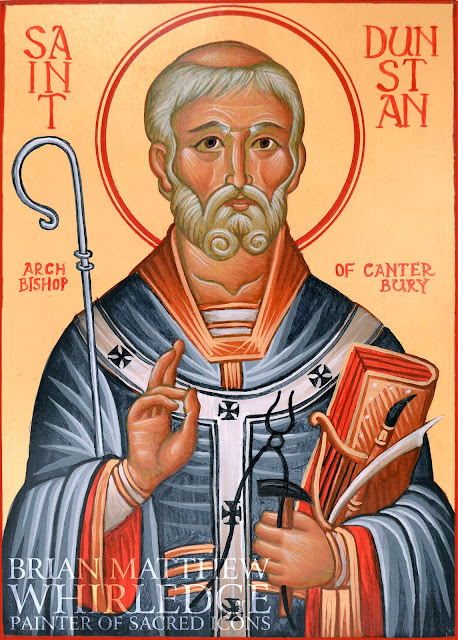
Posted by
Brian Matthew Whirledge
Saint Dunstan
- Get link
- Other Apps
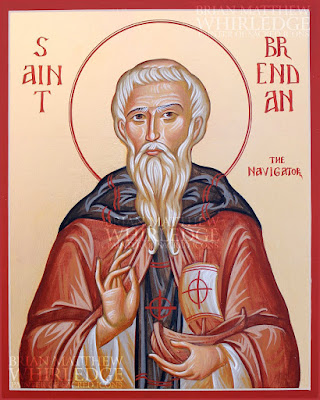
Posted by
Brian Matthew Whirledge
Saint Brendan the Navigator
- Get link
- Other Apps

Posted by
Brian Matthew Whirledge
Saint John the Theologian
- Get link
- Other Apps
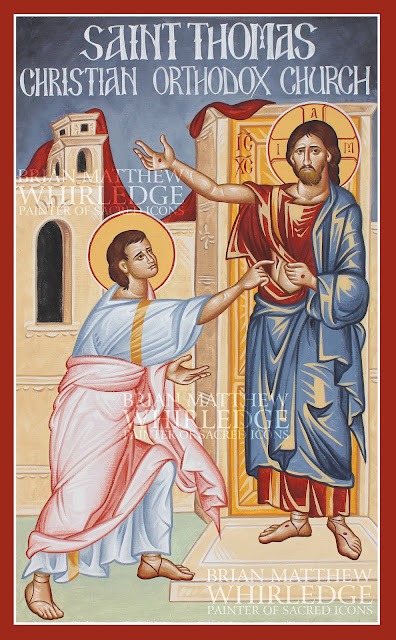
Posted by
Brian Matthew Whirledge
Saint Thomas the Apostle
- Get link
- Other Apps
Holy, Glorious, Right-Victorious Great-Martyr George the Trophy-Bearer
- Get link
- Other Apps





